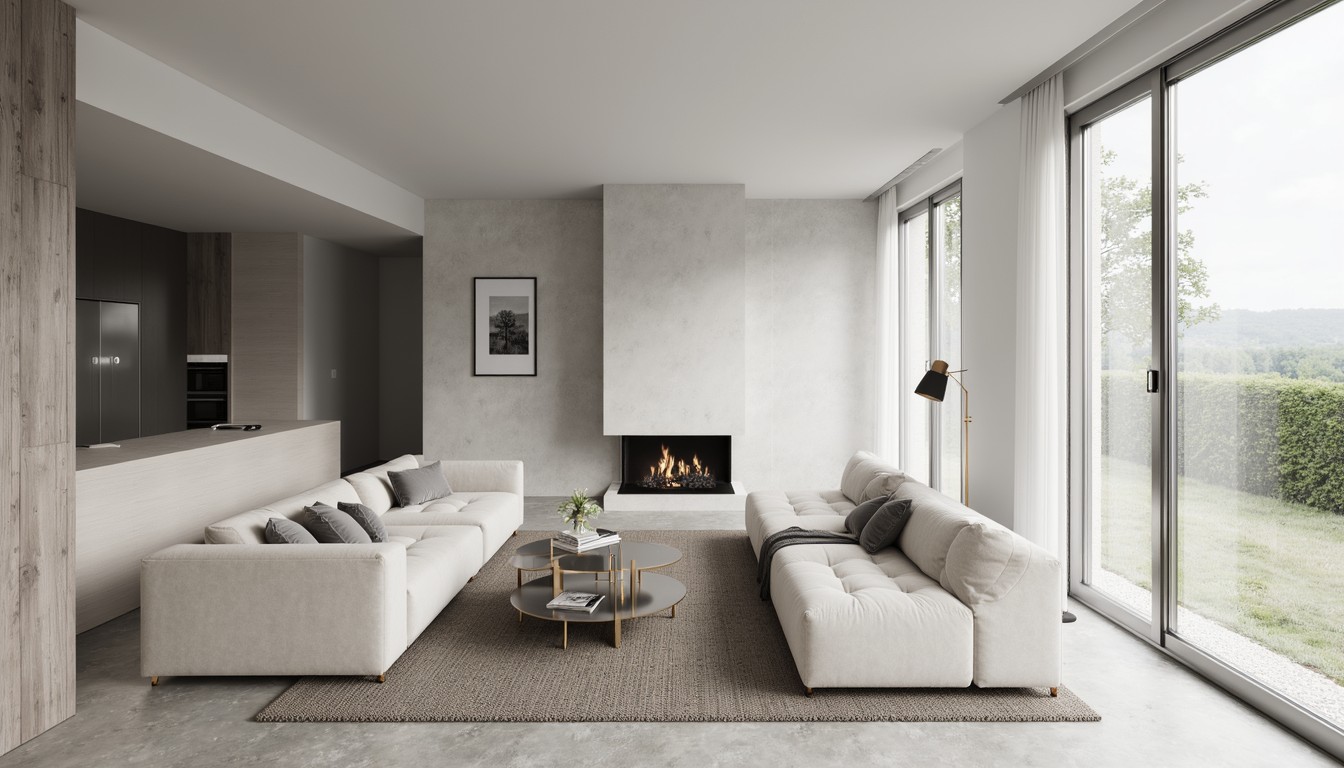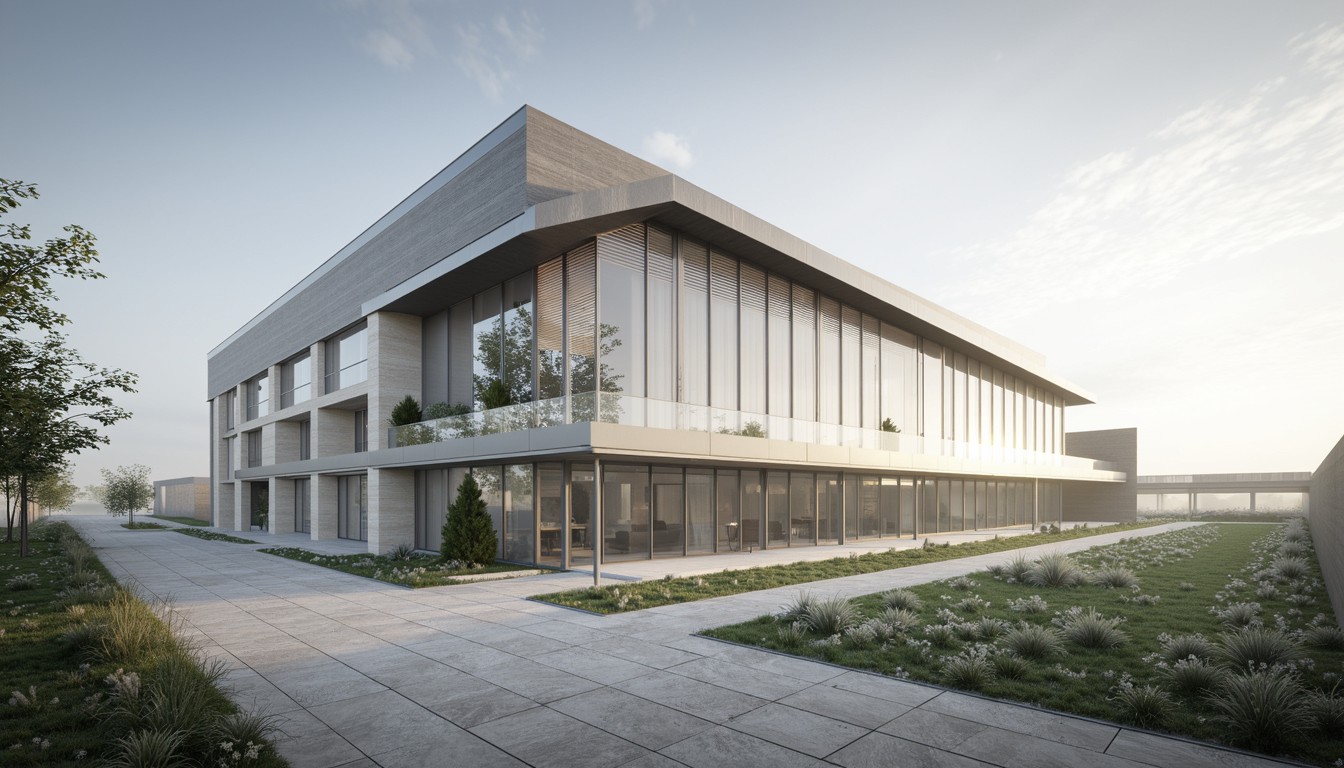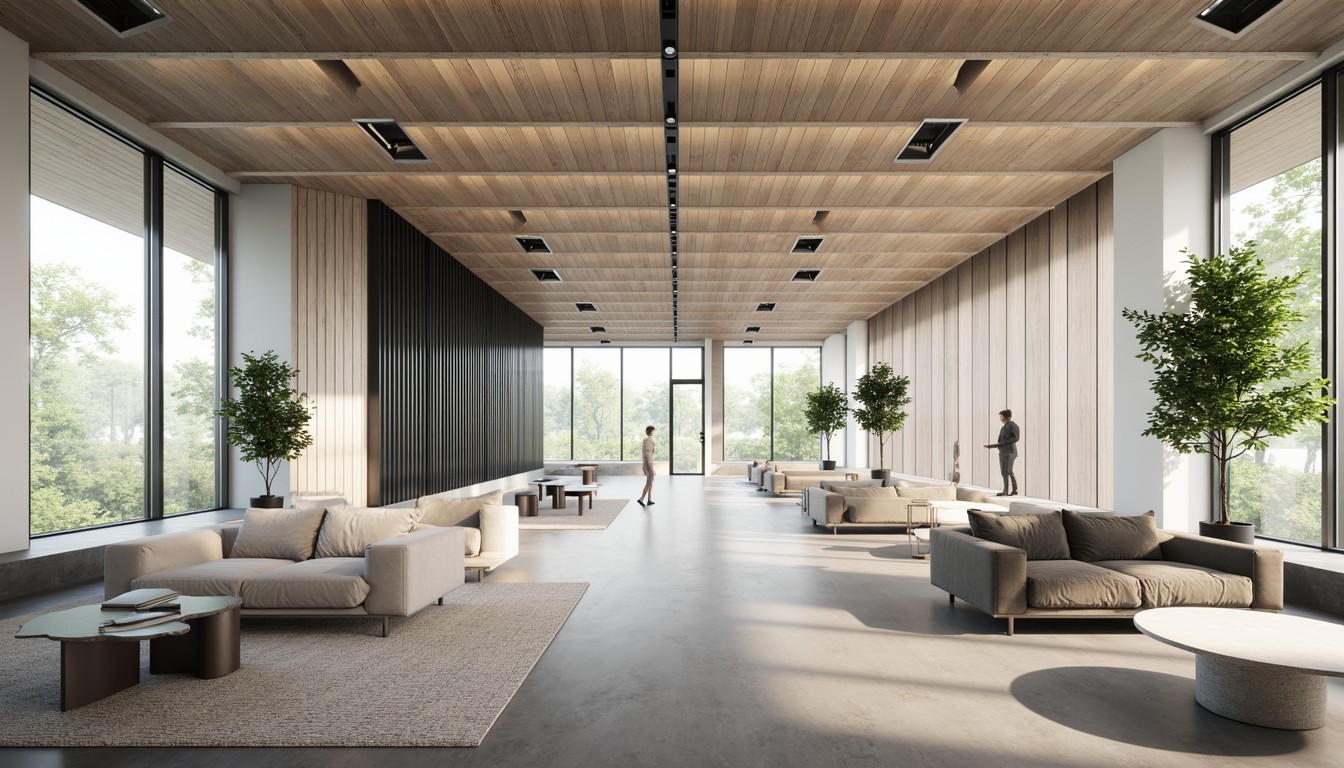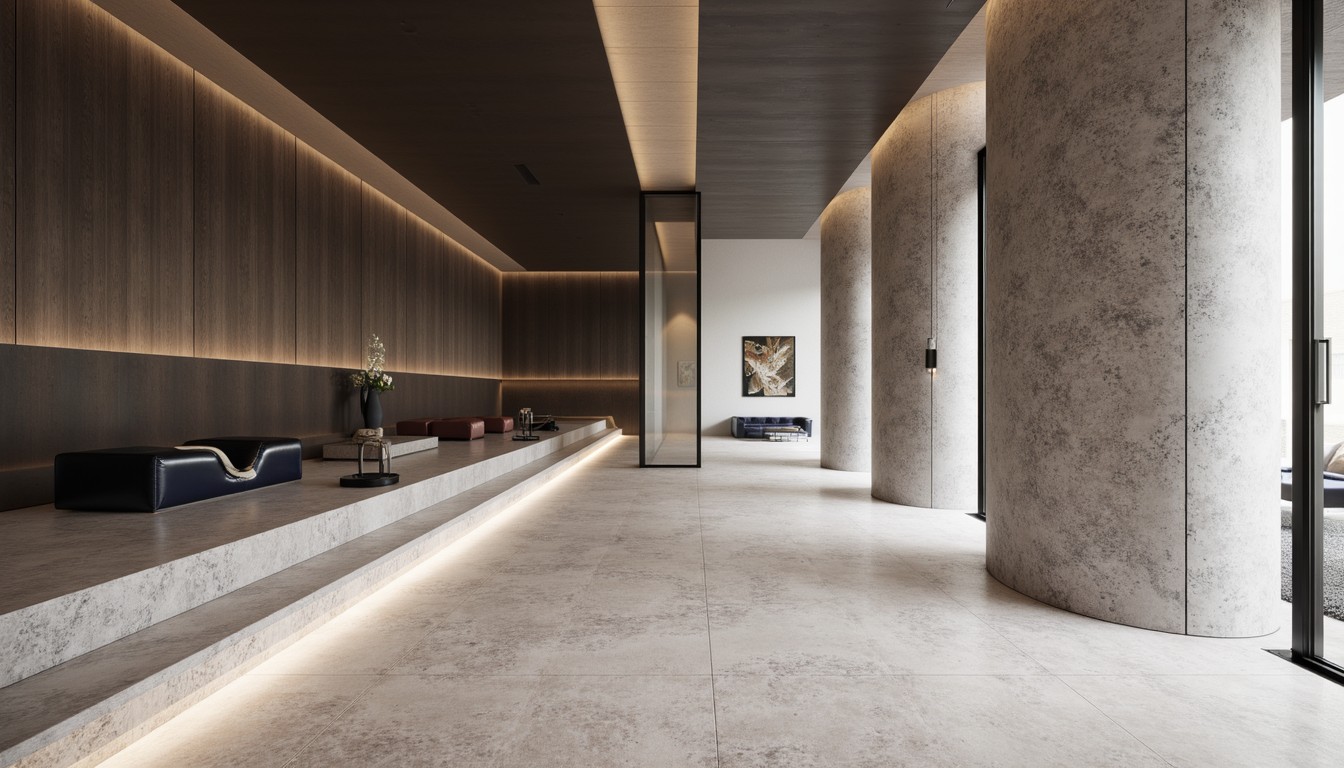Immersive Design: Revolutionizing Architecture with VR & AR
The architectural landscape is undergoing a dramatic transformation, driven by technological advancements that are blurring the lines between the digital and physical worlds. At the forefront of this revolution are Virtual Reality (VR) and Augmented Reality (AR), two powerful technologies reshaping how architects design, present, and experience their creations. ArchNav, a leader in architectural visualization, is harnessing the potential of VR and AR to deliver unparalleled immersive experiences for our clients.
Virtual Reality (VR) in Architectural Visualization

VR offers an unparalleled level of immersion, transporting users into a fully realized digital environment. For architects, this translates to a revolutionary approach to design review, client presentations, and stakeholder engagement. Instead of relying on static 2D renderings or even traditional 3D models, architects can now guide clients through a virtual walkthrough of their future building, experiencing its scale, spatial relationships, and ambiance firsthand.
Benefits of VR in Architecture:
- Enhanced Client Engagement: VR allows clients to actively participate in the design process, providing immediate feedback and ensuring the final product aligns perfectly with their vision. This leads to increased client satisfaction and fewer costly revisions.
- Improved Design Collaboration: Teams across geographical locations can collaboratively explore and refine designs in a shared virtual space, streamlining the design process and fostering better communication.
- Early Problem Detection: By virtually experiencing the space, potential design flaws, spatial issues, or circulation problems can be identified and addressed early on, saving time and resources.
- Realistic Experience: VR provides a realistic preview of the building's lighting, materials, and overall atmosphere, enabling architects to fine-tune design elements before construction begins.
- Cost Savings: Identifying and rectifying design flaws early in the VR environment can significantly reduce costly rework during the construction phase.
Augmented Reality (AR) in Architectural Design

While VR creates entirely virtual environments, AR overlays digital information onto the real world. In architecture, AR applications range from visualizing building designs on a construction site to experiencing a building's future layout on an existing site. This technology bridges the gap between the digital model and the physical context, offering unique advantages.
Applications of AR in Architecture:
- On-site Visualization: AR allows architects to overlay 3D models of their designs onto the actual construction site, providing a clear understanding of how the building will fit into its surroundings. This is especially valuable for complex projects with challenging site constraints.
- Interactive Presentations: AR can enhance client presentations by allowing architects to show how different design options would look in the real world, using a tablet or smartphone to display interactive 3D models on top of existing structures.
- Interior Design Visualization: AR apps can allow clients to virtually place furniture and décor in their future spaces, providing a clearer understanding of the final interior design before making purchasing decisions.
- Construction Management: AR can be used by construction teams to visualize the progress of a project against the original design, identifying potential discrepancies and ensuring the construction process stays on track.
- Marketing and Sales: AR can be used to create engaging marketing materials that allow potential buyers to experience a building's design and features in a captivating and interactive way.
The Future of Immersive Design in Architecture

The integration of VR and AR in architecture is still evolving, with new possibilities emerging constantly. We can expect to see more sophisticated and integrated platforms that combine the strengths of both technologies, creating even more immersive and engaging experiences. The use of AI for generating realistic environments and the development of haptic feedback will further enhance the realism and interaction capabilities of these technologies.
ArchNav: Your Partner in Immersive Architectural Visualization
ArchNav is at the forefront of this exciting technological shift. We leverage the power of VR and AR to create stunning visualizations that not only showcase your architectural vision but also enhance client collaboration and streamline the design process. Our team of experts possesses the skills and experience to create high-quality, immersive experiences that will elevate your projects and leave a lasting impression on your clients. Contact us today to explore how ArchNav can help you harness the power of immersive design.
